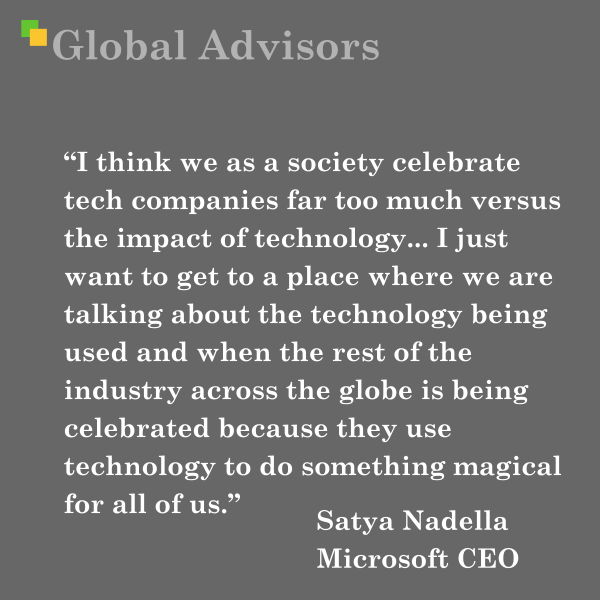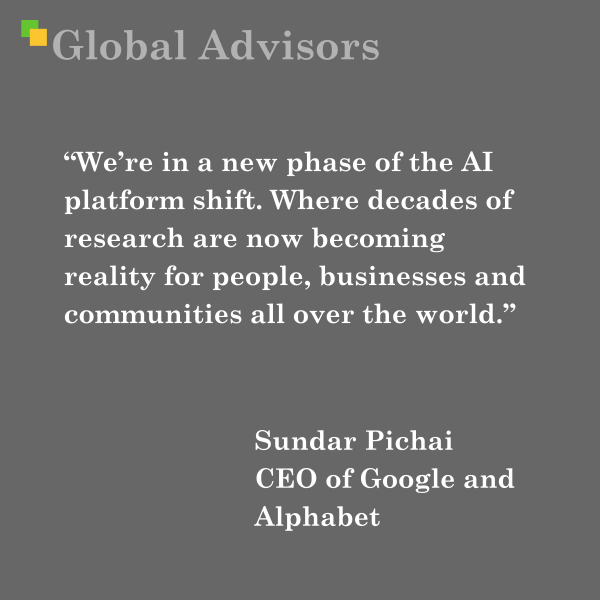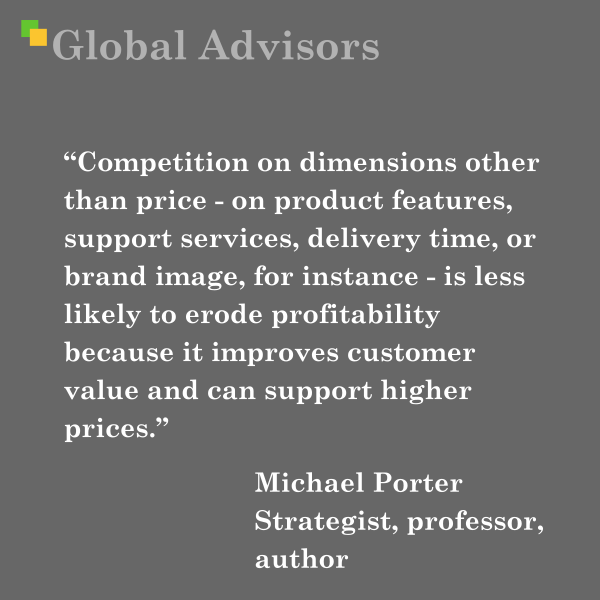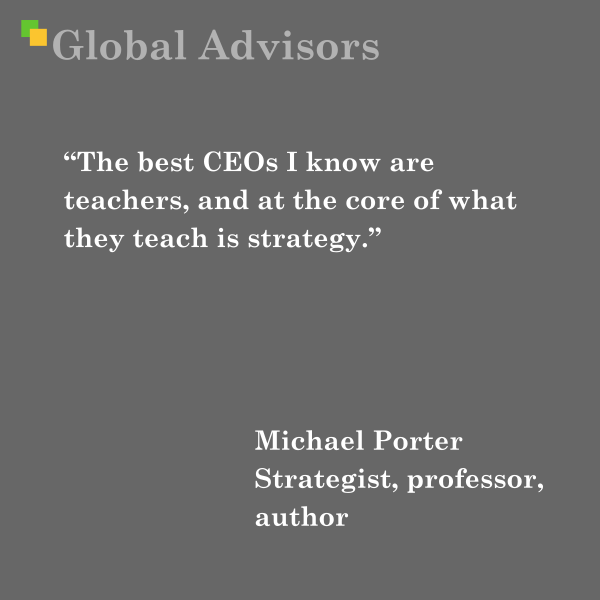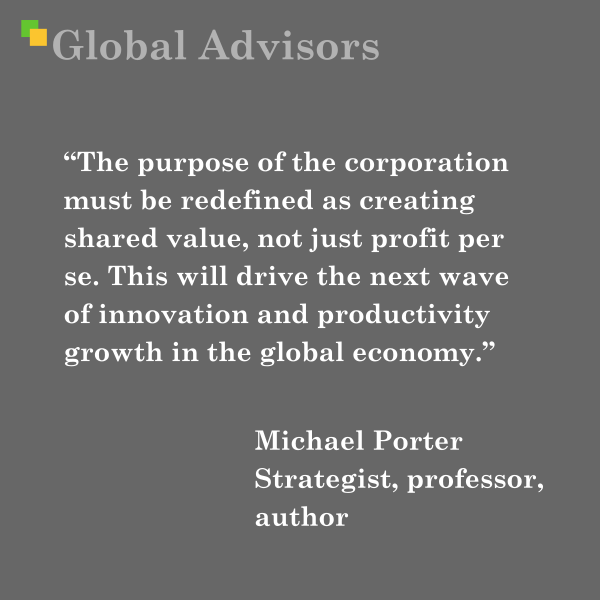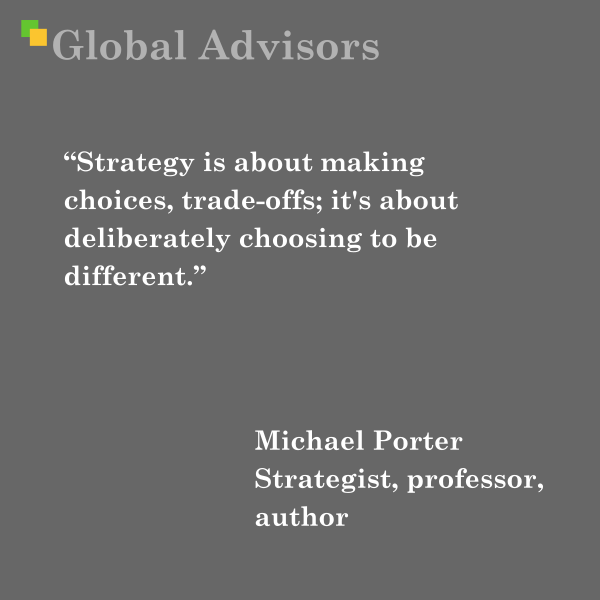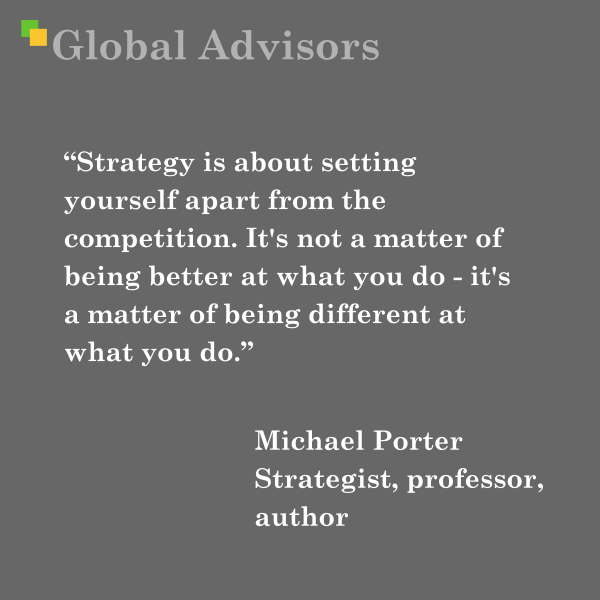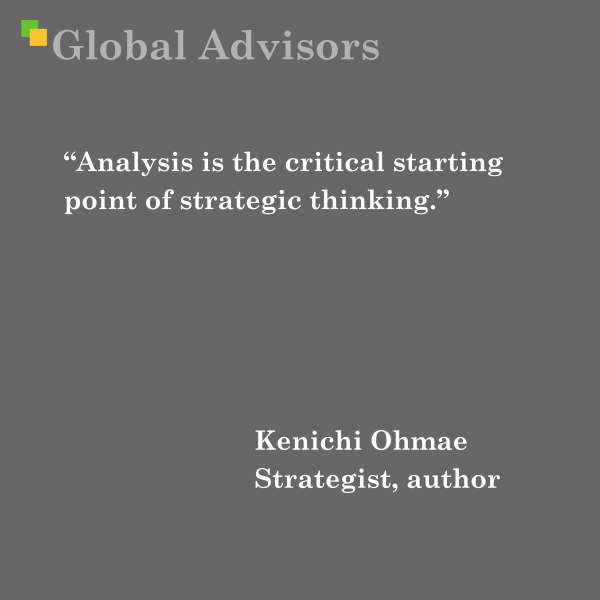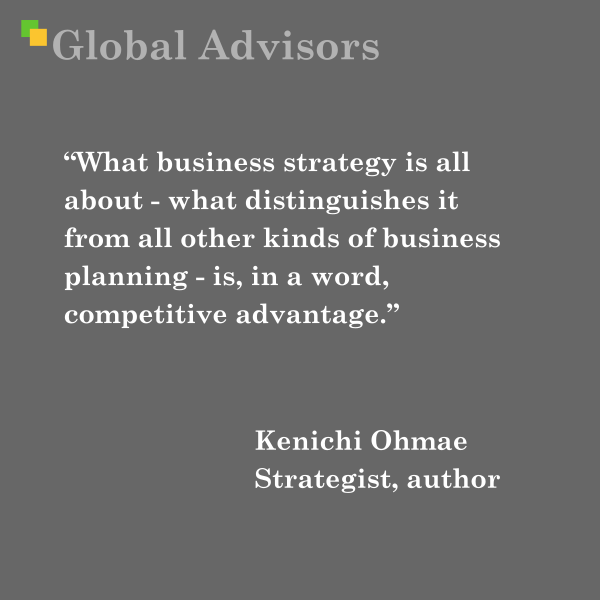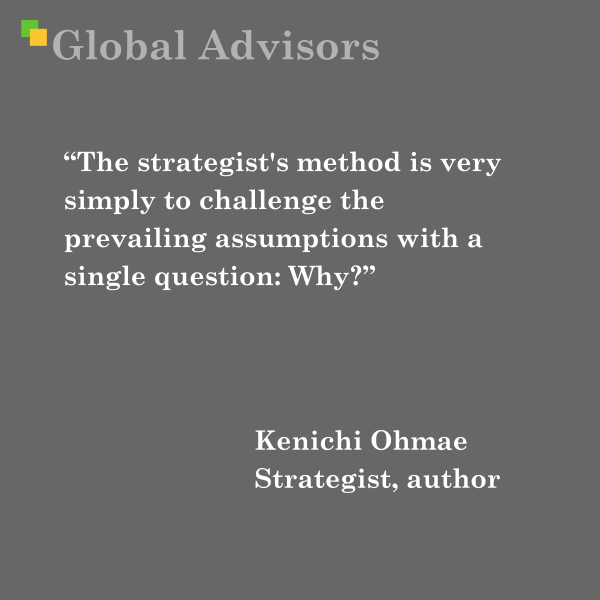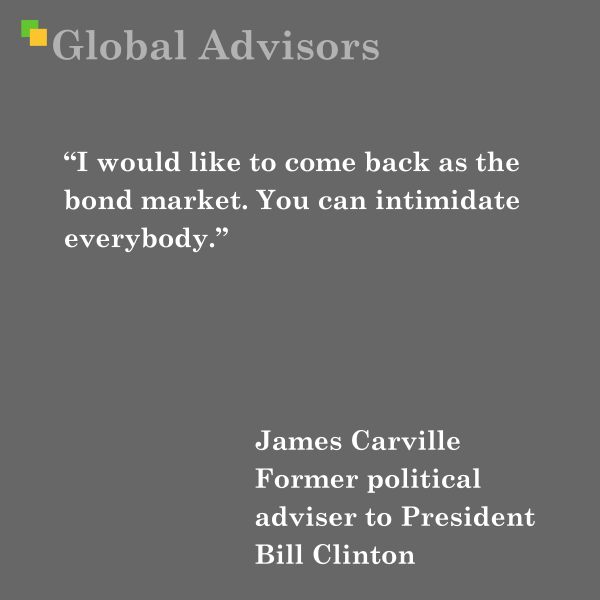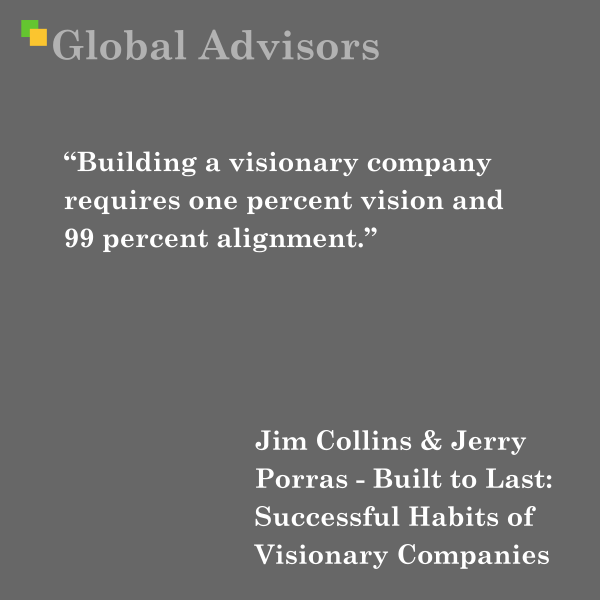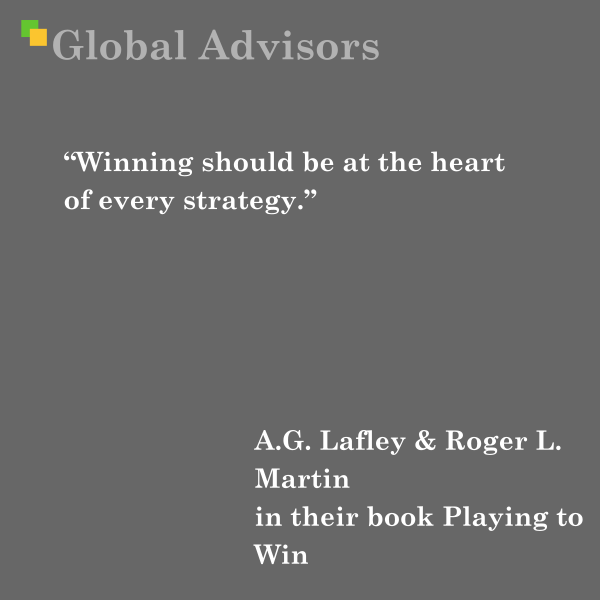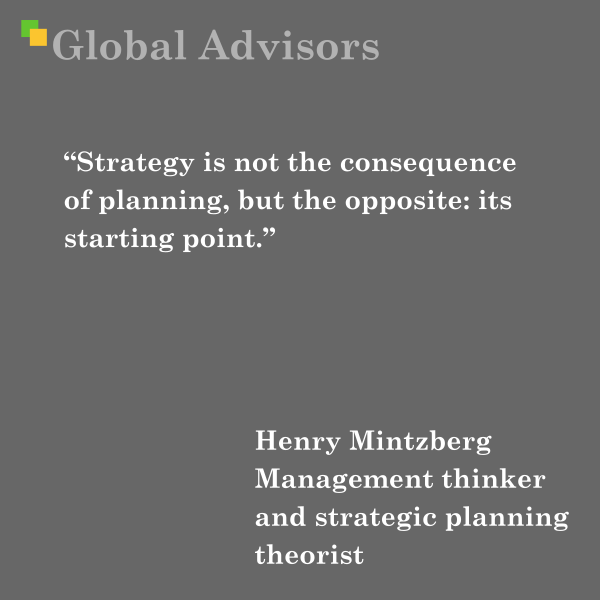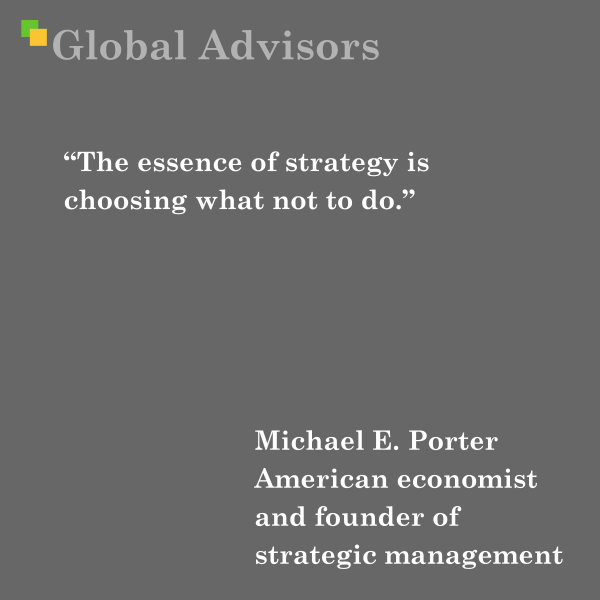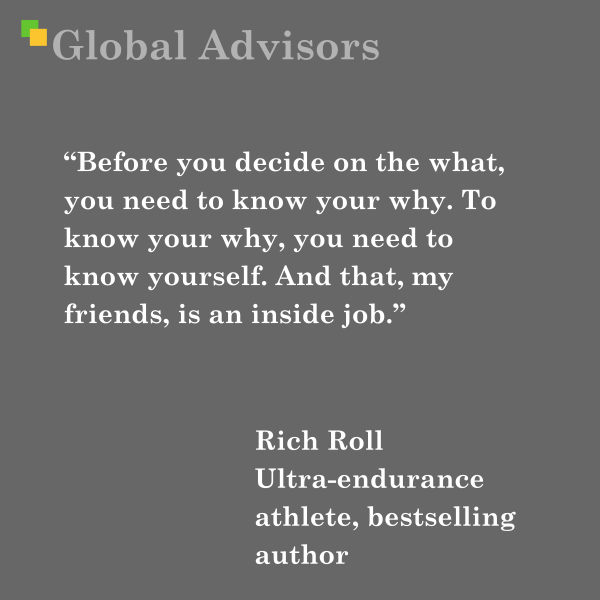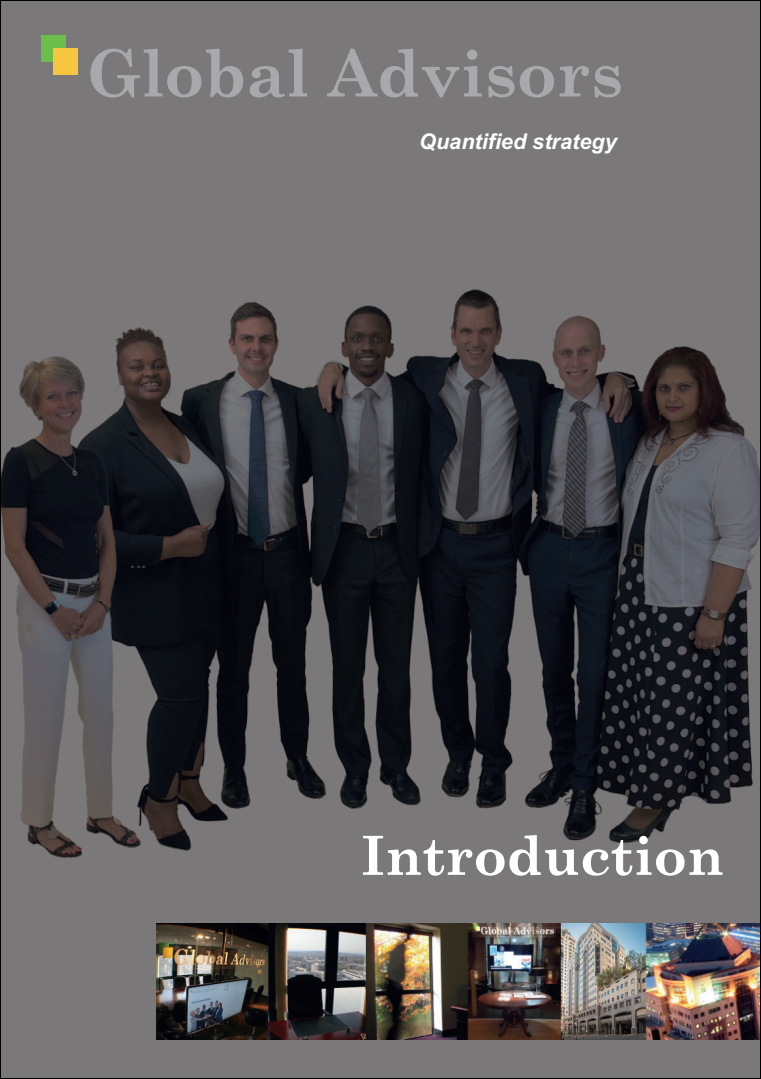“I think we as a society celebrate tech companies far too much versus the impact of technology… I just want to get to a place where we are talking about the technology being used and when the rest of the industry across the globe is being celebrated because they use technology to do something magical for all of us, that would be the day.” – Satya Nadella, the Chairman and CEO of Microsoft
The quote is from Satya Nadella, Microsoft CEO in an interview with Rowan Cheung. The interview took place immediately after Microsoft Build 2025.
Satya Nadella, the Chairman and CEO of Microsoft, has been at the helm of the company since 2014, steering it through significant technological transformations. Under his leadership, Microsoft has embraced cloud computing, artificial intelligence (AI), and a more open-source approach, solidifying its position as a leader in the tech industry.
The quote in question was delivered during an interview with Rowan Cheung immediately following the Microsoft Build 2025 conference. Microsoft Build is an annual event that showcases the company’s latest innovations and developments, particularly in the realms of software development and cloud computing.
Microsoft Build 2025: Key Announcements and Context
At Microsoft Build 2025, held in Seattle, Microsoft underscored its deep commitment to artificial intelligence, with CEO Satya Nadella leading the event with a keynote emphasizing AI integration across Microsoft platforms.
A significant highlight was the expansion of Copilot AI in Windows 11 and Microsoft 365, introducing features like autonomous agents and semantic search. Microsoft also showcased new Surface devices and introduced its own AI models to reduce reliance on OpenAI.
In a strategic move, Microsoft announced it would host Elon Musk’s xAI model, Grok, on its cloud platform, adding Grok 3 and Grok 3 mini to the portfolio of third-party AI models available through Microsoft’s cloud services.
Additionally, Microsoft introduced NLWeb, an open project aimed at simplifying the development of AI-powered natural language web interfaces, and emphasized a vision of an “open agentic web,” where AI agents can perform tasks and make decisions for users and organizations.
These announcements reflect Microsoft’s strategic focus on AI and its commitment to providing developers with the tools and platforms necessary to build innovative, AI-driven applications.
